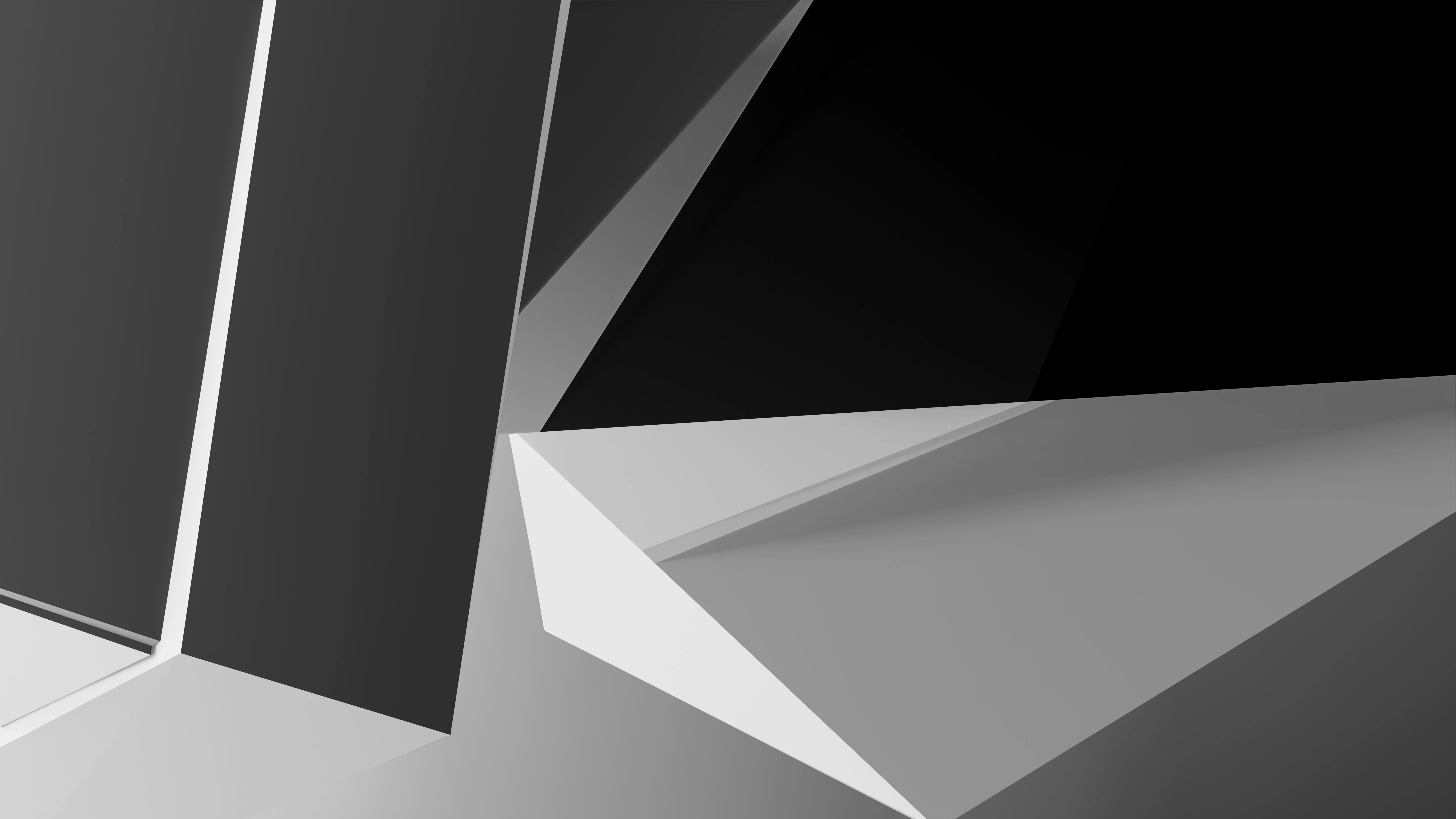Are you one of those people who have a hard time remembering the difference between virtual and augmented reality? It may help to remember it this way: to augment means to enlarge or increase. Augmented reality increases what we see.
The Cambridge dictionary defines virtual as, “almost a particular thing or quality.” While virtual has become synonymous with the internet and technology, remembering that it falls short of a particular thing or quality can help distinguish it from AR.
Augmented reality can be accessed with a mobile device, AR glasses, or headset, but VR requires a headset. AR lives in a real-world setting while VR provides a simulated experience. AR has the technology to enhance an experience, while VR enhances a fictional experience.
These differences are significant when determining which method to use when promoting your design. Since over $8 billion people in the world own a mobile device, accessing AR can be as easy as downloading an app. Whereas the headset necessary to access VR can limit your audience. A quality VR system could set you back $300-$500 or more. It’s true that VR can be accessed with a mobile device, however, the quality is poor and battery-life is short compared to using a headset.
From clothing to hair styles, AR and VR is taking off in the world of retail.
One way designers are using augmented reality is to provide users an immersive experience with a product or service. Being able to test drive or “try-on” a product, for example, before it is manufactured, allows the user to provide feedback. This feedback is instrumental in ironing out the pitfalls before manufacturing. This technology can save valuable time and money.
Did your favorite brand come out with a new product? Try it on before buying with AR. Or, use VR to immerse your customers in a previously recorded fashion show as The Prada Virtual Reality project has done. Nike uses an app called Nike Fit where customers can measure their feet using their smartphone for a more accurate fit and try on shoes before purchasing.
The Home Depot is in the testing stages of using VR to virtually shop their store and have items delivered in the near future. AR allows Home Depot customers to use their app to see how items will look in their home before purchasing.
Geographical collaboration is another valuable benefit of AR and VR. Metaverse offers a virtual office space where avatars are used to engage with users. Where traditional video conferencing has its limitations and downsides, VR can provide 2D and 3D meetings where users can physically interact in these virtual rooms. This level of engagement provides an immersive environment increasing communication and collaboration.
AR offers similar experiences by allowing users to share their work, receive feedback and collaborate with co-workers. 3D models used in real time which can be manipulated allow users to interact with and explore objects. Some companies are using this technology to communicate with customers, potential clients, and even aid in training new employees.
Look for AR/VR in graphic design. Static images will no longer limit the designer. Using Adobe programs, AR immerses viewers with triggers, delayed timing, movement, and 3-D images lending to an immersive experience that will transform the way we view digital graphics.
Interior design is the perfect candidate for AR. Companies like Houzz are already using AR to offer customers the opportunity to collaborate with architects, designers, and contractors. Their app allows users to view a room in 3-D and put furniture and decor in place to visualize what their room could look like before making a purchase.
Before implementing AR or VR in your design, download apps from Apple or Google. There are free and low cost options. Try Google Cardboard or Samsung Gear VR. Testing out these choices can provide insight into what your customer might experience using AR and VR and help inspire ways to incorporate this technology into your branding and design.









